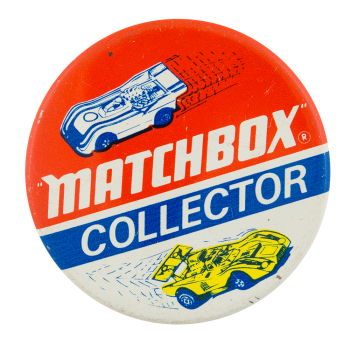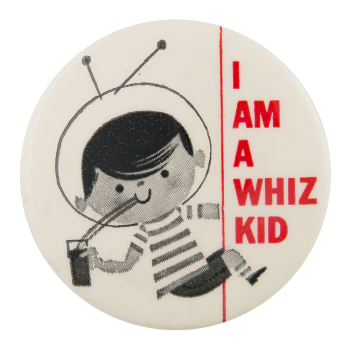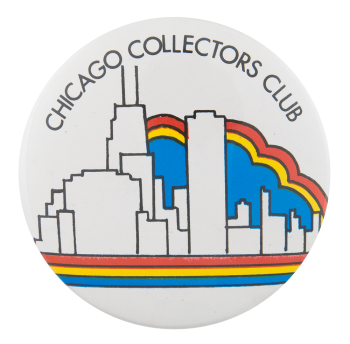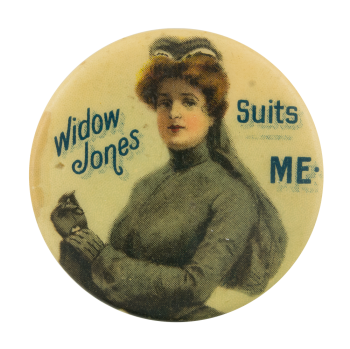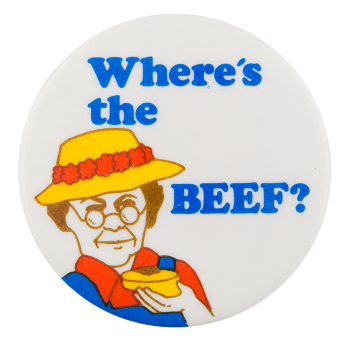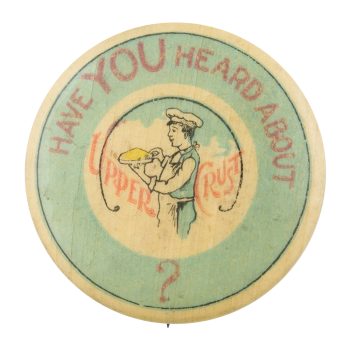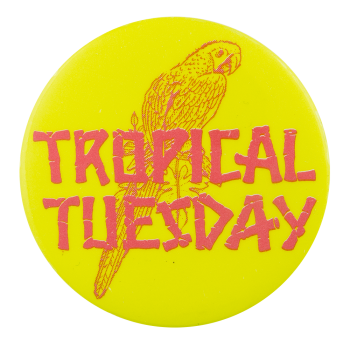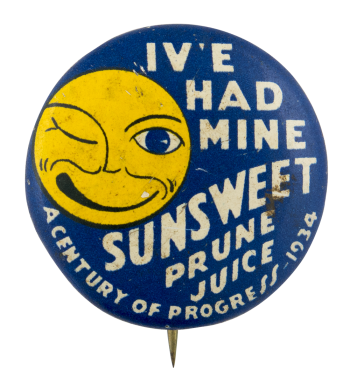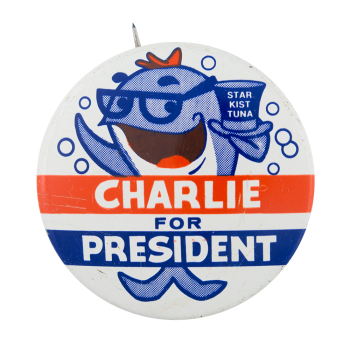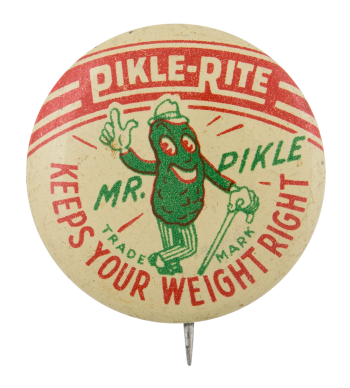Matchbox Collector
| Category | |
|---|---|
| Additional Images | |
| Sub Categories | |
| Text on Button | MATCHBOX COLLECTOR |
| Image Description | Red white and blue background with white text across the center and an illustration of a toy race car at the top and at the bottom |
| Back Style | |
| The Shape | |
| The Size | |
| Additional Information | Matchbox is a popular brand of die-cast toys, first manufactured in 1953 by the British company Lesney Products. Matchbox is most well known for producing die-cast miniature toy cars. Over the course of the brand's history, Matchbox has also released miniature versions of, among other things, airplanes, farm equipment, and military vehicles. The brand got its name due to the fact that, up until the 1980s, the toys were packaged in a box that resembled a box of matches. Matchbox cars became highly collectable with children in the 1960s when the official Matchbox Collectors Club was founded. For a small fee, the club distributed a quarterly newsletter to its members. In the following decades, adults began forming unofficial collectors clubs which were often regionally based. The collectors clubs, many of which still exist today, offer a forum for collectors to discuss Matchbox toys and related ephemera. They also facilitate trading and sales of vintage and rare Matchbox toys. |
| Catalog ID | CL0338 |

